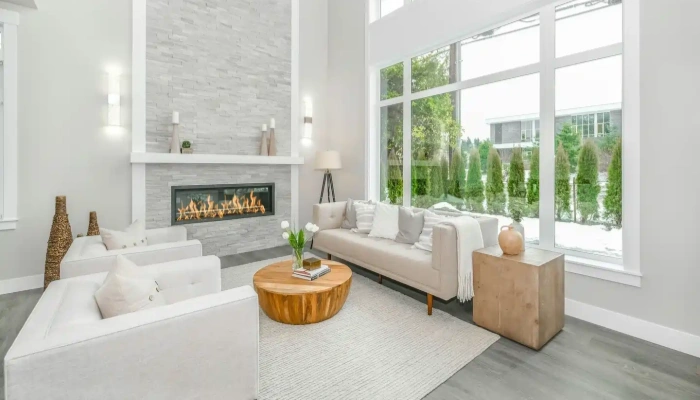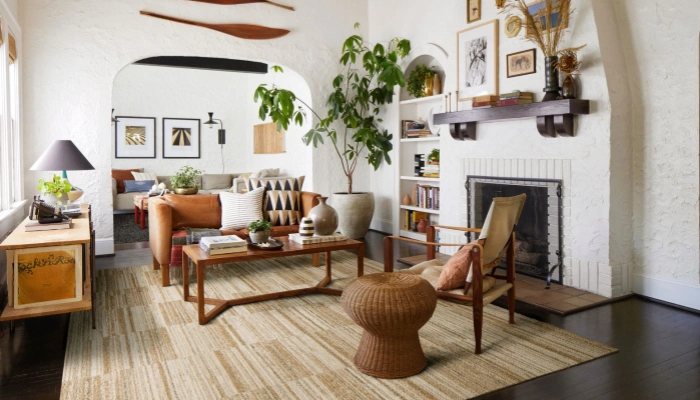Start by defining what sustainable finishes mean for your project. Sustainable finishes are typically made from natural, renewable, or recycled materials, and they should have minimal environmental impact throughout their lifecycle. This includes not only the sourcing of the materials but also their production, transportation, and disposal. By understanding these criteria, you can make informed choices that align with your sustainability goals.
Next, consider the types of finishes you need for your renovation. Common areas where sustainable finishes are applied include flooring, countertops, cabinetry, and wall coverings. When selecting finishes, prioritize materials that are both durable and low-maintenance. For example, bamboo flooring is a popular choice due to its rapid renewability and strength. It can withstand heavy foot traffic while providing a warm, inviting look.

When it comes to countertops, explore options like recycled glass or reclaimed wood. Recycled glass countertops are not only visually stunning but also reduce waste by repurposing discarded materials. Reclaimed wood adds character and uniqueness to your kitchen or bathroom while minimizing the demand for new lumber. Both options contribute to a more sustainable renovation.
For wall coverings, consider using natural paints and finishes that are free from harmful chemicals. Look for paints labeled as low-VOC or zero-VOC, which emit fewer volatile organic compounds into the air. These paints come in a variety of colors and finishes, allowing you to achieve your desired aesthetic without compromising indoor air quality. Additionally, natural plaster or clay finishes can provide a beautiful, breathable alternative to conventional drywall.

Another aspect to consider is the sourcing of your materials. Whenever possible, choose local suppliers or manufacturers that prioritize sustainable practices. This not only reduces the carbon footprint associated with transportation but also supports local economies. Researching the supply chain of the materials can provide insight into their environmental impact and ethical considerations.
Incorporating energy-efficient features into your finishes can further enhance sustainability. For instance, installing energy-efficient windows or using sustainable insulation materials can significantly reduce energy consumption in your home. These features not only contribute to a more eco-friendly renovation but also lower utility bills in the long run.
Consulting with professionals who specialize in sustainable design can also provide valuable guidance. Interior designers or contractors experienced in eco-friendly renovations can recommend specific finishes that align with your vision while ensuring they meet sustainability criteria.

Their expertise can help you navigate the myriad of options available and make choices that enhance both style and sustainability.
Lastly, take your personal style into account. Sustainable finishes come in a wide range of designs, textures, and colors. Ensure that the materials you choose resonate with your aesthetic preferences and create a cohesive look throughout your home. This balance between sustainability and personal style will result in a space that feels both beautiful and environmentally responsible.
Selecting sustainable finishes for your home renovation involves defining what sustainability means for your project, considering the types of finishes needed, prioritizing durability, sourcing materials responsibly, incorporating energy-efficient features, consulting with professionals, and aligning choices with your personal style. By following these steps, you can create a stunning and sustainable living space that reflects your values and enhances your home.





